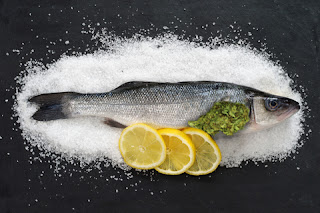A ceramide is a waxy lipid
molecule found in cell membranes. It is found throughout the body,
especially on the outer layer of skin. Ceramides help with cell
differentiation, proliferation, and also
aid in cell death. Marijuana, which
increases ceramide,
can be used to reduce cancer
tumors.(Source)
Cannabis has been found to
increase the messenger molecule anandamide,
which induces the creation of ceramide.
Using topical creams and ingesting
marijuana has been shown to increase
ceramide levels in the cells. Research has shown that an increase in
ceramide allows cells with mitochondrial
dysfunction or dysregulation to die. (Source)
The ceramide disrupts the mitrochondria which releases cytochrome c
and reactive oxygen into the cytosol,
leading to cell death. The ceramide
increase does not cause an
apoptosis reaction in normal,
healthy cells.(Source)
Our skin
(or epidermis) has the highest
concentration of ceramide. It maintains a barrier for the skin which
slows environmental damage and
retains moisture. Ceramide levels in the
skin drop as we age. Signs of low ceramide
include dry skin, wrinkles, and eczema.
Source:
http://www.ncbi.nlm.nih.gov/pubmed/19228959






